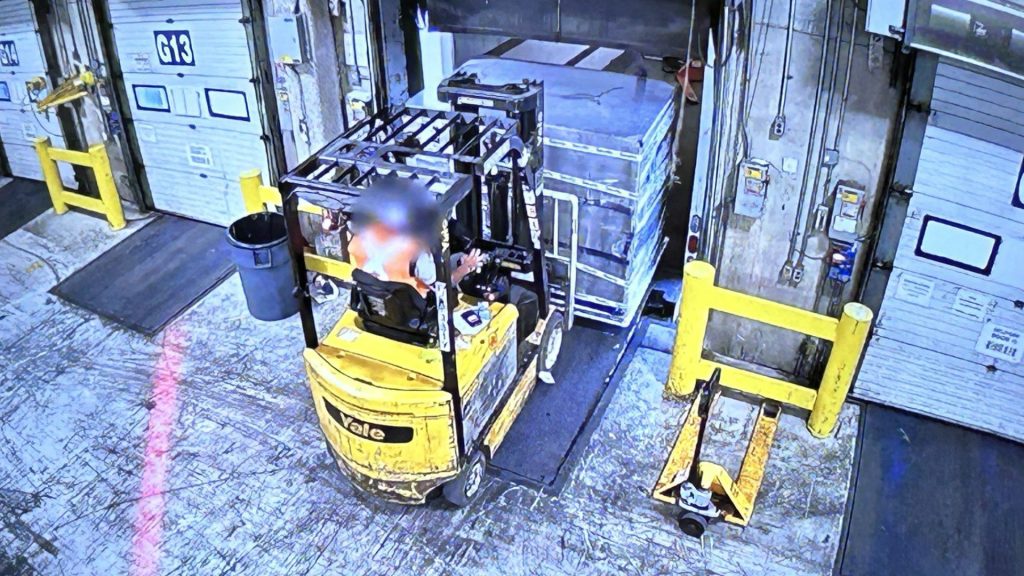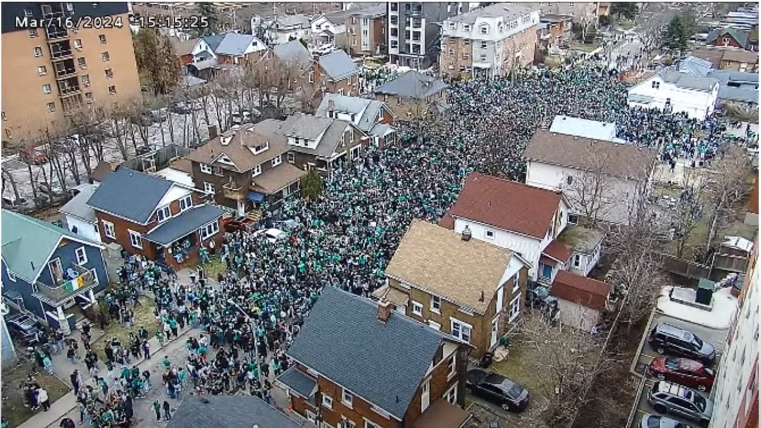LRT idea goes back decades
Posted Oct 18, 2010 08:50:32 AM.
This article is more than 5 years old.
Many of us consider 2004 to be the beginning of the rapid transit discussion in Waterloo Region. That was the year that all levels of government gathered at the Charles Street transit terminal in downtown Kitchener and announced $300-million in funding to get a major transit project off the ground. In fact, the project goes back much further than that.
“The whole concept of a central transportation corridor has been in the region’s Official Plan for decades,” states Mike Murray, Chief Administrative Officer with the Region of Waterloo.
And the reason is relatively pedestrian. It’s all about managing growth in a region where the population is expected to explode by some 200,000 more people in the next 20 years. That’s a near 50 per cent increase in the population of approximately 530,000 we have today.
“If we tried to meet all of the travel demands of these 200,000 more people by building more roads, we would need to build 500 more lane kilometres of road,” Murray explains. “That’s like building 25 new Hespeler Roads.”
The argument then becomes one of planning for that much more asphalt, traffic congestion and subsequent environmental impact versus finding a different way of moving people around our growing region.
But why light rail trains (LRT) as opposed to bus rapid transit (BRT)?
Regional planners considered several technologies, including subways and monorails, before settling on trains. In the years leading up to regional council’s decision of June, 2009 (to go with trains over buses), planners considered thousands of e-mail responses through a rapid transit website and also fielded calls through a dedicated hotline. More than 3500 people attended a series of more than three dozen public consultation sessions, 45 delegations spoke at regional council before its final decision on the project and more than a hundred stories were generated through various local media.
“LRT provided more greenhouse gas reduction,” says Murray in outlining the reasons trains beat out buses as the preferred technology. “In terms of encouraging development in and around the station areas, LRT was estimated to do more of that and better than BRT. Land values would go up more with LRT and LRT was also found to offer more transportation user benefits than BRT.”
The project, approved by regional council in June of 2009 and as it stands today, is a $790-million system that will link Conestoga Mall in Waterloo and Fairview Mall in Kitchener by rail, and Fairview Mall in Kitchener with south Cambridge by bus. It’s a system that runs a total of about 38 kilometres — approximately 18 by rail and another 20 or so kilometres of adapted bus rapid transit.
Initially, at that $300-million announcement in 2004, the rapid transit proposal called for about 14 kilometres of rail and nothing more.
Another significant change is in the funding provided by upper levels of government. The provincial government has pledged $300-million to the project while the federal government has committed up to $265-million more. That leaves the municipal government on the hook for about $225-million.
It’s been well documented that the province had initially suggested that it would fund two thirds of the project, or $530-million. Given that shortfall, the region will be responsible for an unexpected share of the capital cost of the project.
So does it have the money?
“Every $50-million of capital costs the region funds adds about 1% (to the average homeowner’s tax bill),” says Murray.
With a projected shortfall of about $225-million, the tax increase would be approximately 6%. Given that a 1% tax increase for the average homeowner equals about $15 on their bill, the capital cost of the system rings in at about $90 per household in the region.
Annual operating costs would have to be considered after that and Murray says those costs are estimated at $10-million per year. That amount reflects a 3% increase in regional property taxes, or $45 annually (per household) for maintenance of the system.
Murray says whether or not the region can afford the project is a decision to be made by the new regional council but he points out that any tax increases would be phased in over a number of years. In other words, it would not be a massive one-year hit. Murray also says staff are looking for potential cost-cutting measures that could bring the project in at a reduced price.
Historically, successful rapid transit systems have been built incrementally. In 1974, Edmonton began construction of its system when the city’s population was 445,000. Calgary got started in 1978 with a population of 506,000. Both are considered successful systems today, with ridership in Edmonton last year reaching 52,000 people daily.
Ridership projections for the region’s system suggest 27,000 trips will be taken daily when the system opens in 2015 and the system will serve an estimated 56,000 daily riders by 2030.
If those projections are accurate, the region’s system would move more people than rapid transit systems currently in use in Houston, Minnesota, Baltimore and Pittsburgh, to name a few.










